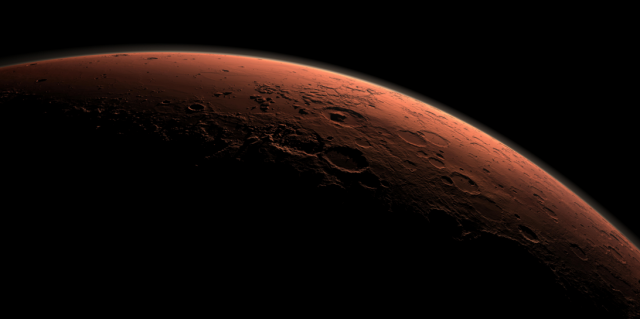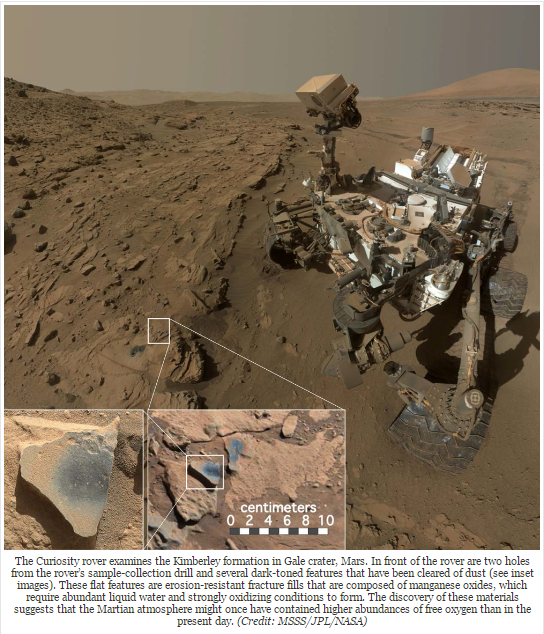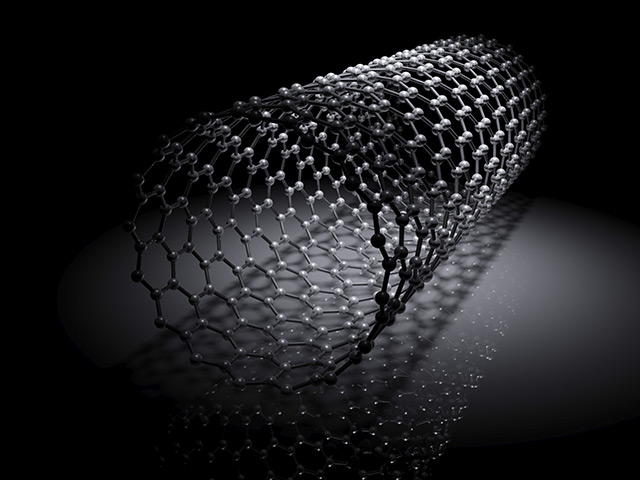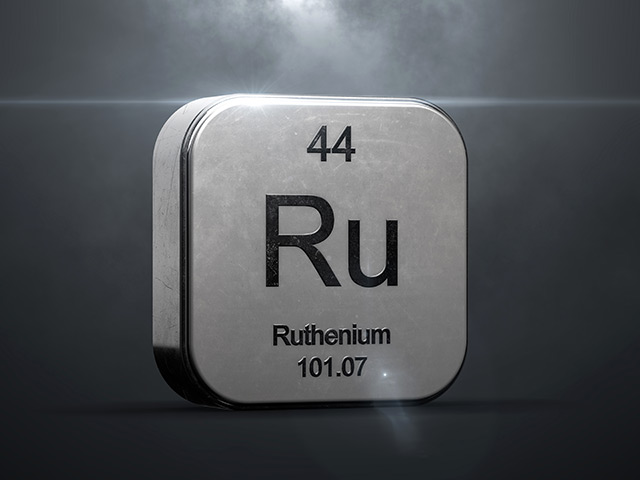New mathematical model shows what happens when a black hole devours a star
07/29/2018 / By Edsel Cook

A joint team of Danish and American researchers has come up with an unnerving mathematical model of the fate of any star that drifts near a supermassive black hole. In their recently published study, they showed that the star gets ripped asunder by immense gravitational forces, an article in Science Daily stated.
The ensuing tidal disruption event (TDE) sees the dying star release a burst of radiation as its last act before it is swallowed up by the black hole. This energy is what has drawn the attention of astrophysicists.
The study was inspired by recent instances of stars getting eaten by the huge black holes that lurk at the hearts of their home galaxies. Researchers from the University of Copenhagen (UC) and their counterparts at the University of California, Santa Cruz (UC Santa Cruz) worked on the first unified model that explained the physics of the energetic events.
Enrico Ramirez-Ruiz, who taught at both universities and served as the co-author for the study, explained that TDEs were only recognized as unique events during the previous decade. The new model will serve as a guide for future studies of the rare occurrences.
The science journal Astrophysical Journal Letters hosted their published findings. (Related: Astronomers find evidence for ‘direct collapse’ black hole.)
TDEs give off different kinds of energies despite being the same event
Tidal disruption events are very rare. The supermassive black holes at the center of most galaxies were normally very difficult to detect and the surviving stars around them are normally far enough to avoid getting sucked into their maws.
However, whenever a black hole did devour a star, it emitted large amounts of powerful radiation, which can be detected by instruments on Earth.
Jane Lixin Dai, the leader of the UC-UC Santa Cruz research team and primary author of the study, considered a TDE to be a fascinating topic. She said that the observable radiation emitted by a feeding black hole allowed astrophysicists like herself to calculate its otherwise invisible properties.
Two dozen tidal disruption events have been observed so far. Although the physics behind each TDE was the same, they gave off different types of energy.
Some of the TDEs generated bursts of X-rays. Others released visible and ultraviolet light. The differences puzzled researchers, who tried to uncover the reason for the dissimilar energy output.
A matter of perspective
The UC-UC Santa Cruz model proposed that the differences were due to the angles at which observers on Earth viewed the TDEs. Not all of the galaxies were oriented in the same way, so they showed different aspects of a TDE.
Dai’s team drew from the fields of gas hydrodynamics, general relativity, magnetic fields, and radiation. It shows what astronomers can expect to see when viewing tidal disruption events from different angles.
The model created by Dai and her collaborators combine elements from the fields of general relativity, magnetic fields, radiation, and gas hydrodynamics. It shows the aspects of a tidal disruption event as seen from multiple angles, explaining the different energy emissions of many events.
The new model will be put to good use in the next few years. A wealth of new data is expected from several survey projects in the near-future. One of these projects is the Young Supernova Experiment (YSE), a transient survey that will be undertaken by UC Santa Cruz and UC’s Niels Bohr Institute.
“We will observe hundreds to thousands of tidal disruption events in a few years. This will give us a lot of ‘laboratories’ to test our model and use it to understand more about black holes,” remarked Dai.
If you’d like more stories about the mysterious supermassive black holes in other galaxies, visit Cosmic.news.
Sources include:
Tagged Under: astronomy, astrophysics, black holes, Galaxies, Gravity, outer space, space exploration, supermassive black holes, tidal disruption event, Ultraviolet light, X-ray emissions



















